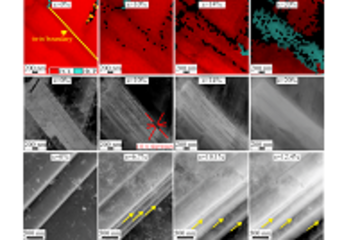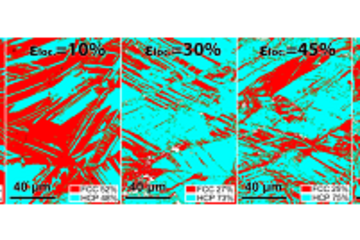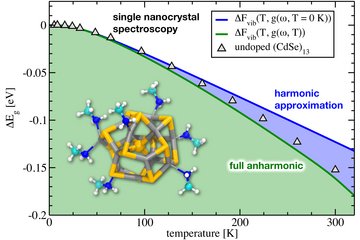All genres
21.
Talk
Multiscale Modeling of the Mechanics of Metallic and Biological Polycrystals using Ab Initio and Continuum Methods. MMCM 2009 Colloquium on Multiscale Methods in Computational Mechanics, Rolduc, The Netherlands (2009)
22.
Talk
Multiscale Prediction of Polycrystal Elastic Properties of Ultralight Weight Mg-Li Alloys using Ab Initio and FEM Approaches. MRS Fall Conference 2008, Boston, MA, USA (2008)
23.
Talk
Multiscale design of aluminium alloys based on ab-initio methods. ICAA 11 – 11th International Conference on Aluminium Alloys 2008, Aachen, Germany (2008)
24.
Talk
Homogenization in Polycrystal Mechanics on the Basis of First Principles Simulations. IUTAM Symposium on Variational Concepts in Materials Mechanics, Ruhr-Universität Bochum, Germany (2008)
25.
Talk
Ab-initio based multi-scale approaches to the elasticity of polycrystals. Mid-term COST conference on Multiscale Modeling of Materials, COST action 19, Brno, Czech Republic (2008)
26.
Talk
Using ab initio Simulations in Texture Research. 15th International Conference on the Texture of Materials (ICOTOM 15), Pittsburgh, PA, USA (2008)
27.
Talk
FEM: A Basic Overview of the Method & Outlook on Applications. MPIE inter-departmental tutorial day(s) 2008, MPI für Eisenforschung GmbH, Düsseldorf, Germany (2008)
28.
Talk
Using Density Functional Theory to Predict Material Properties of Alloy and Biological Systems. Invited talk at University of Groningen, Department of Biomedical Engineering, Groningen, The Netherlands (2008)
29.
Talk
Using DFT to Predict Mechanical Properties of MgLi Alloys. APS Meeting, New Orleans, LA, USA (2008)
30.
Talk
Using Ab Initio to Predict Engineering Parameters in bcc Magnesium-Lithium Alloys. American Physics Society March Meeting, New Orleans, LA, USA (2008)
31.
Talk
Using DFT to Predict Mechanical Properties of MgLi Alloys. DPG Meeting, Berlin, Germany (2008)
32.
Talk
Using Ab Initio to Predict Engineering Parameters in bcc Magnesium-Lithium Alloys. Deutsche Physikalische Gesellschaft Meeting, Berlin, Germany (2008)
33.
Talk
Modeling of the Mechanical Behavior of Bone at Submicron Scale through Mean-Field Homogenization. European Congress and Exhibition on Advanced Materials and Processes (EUROMAT 2007), Nürnberg, Germany (2007)
34.
Poster
Identification of fundamental materials-design limits in ultra light-weight Mg–Li alloys via quantum-mechanical calculations. Materials Science and Engineering 2010, Darmstadt, Germany (2010)
35.
Teaching
FEM: A Basic Overview of the Method & Outlook on Applications. Lecture: Aachen Institute for Advanced Studies in Computational Engineering and Science (AICES), Aachen, Germany, 2008-09











